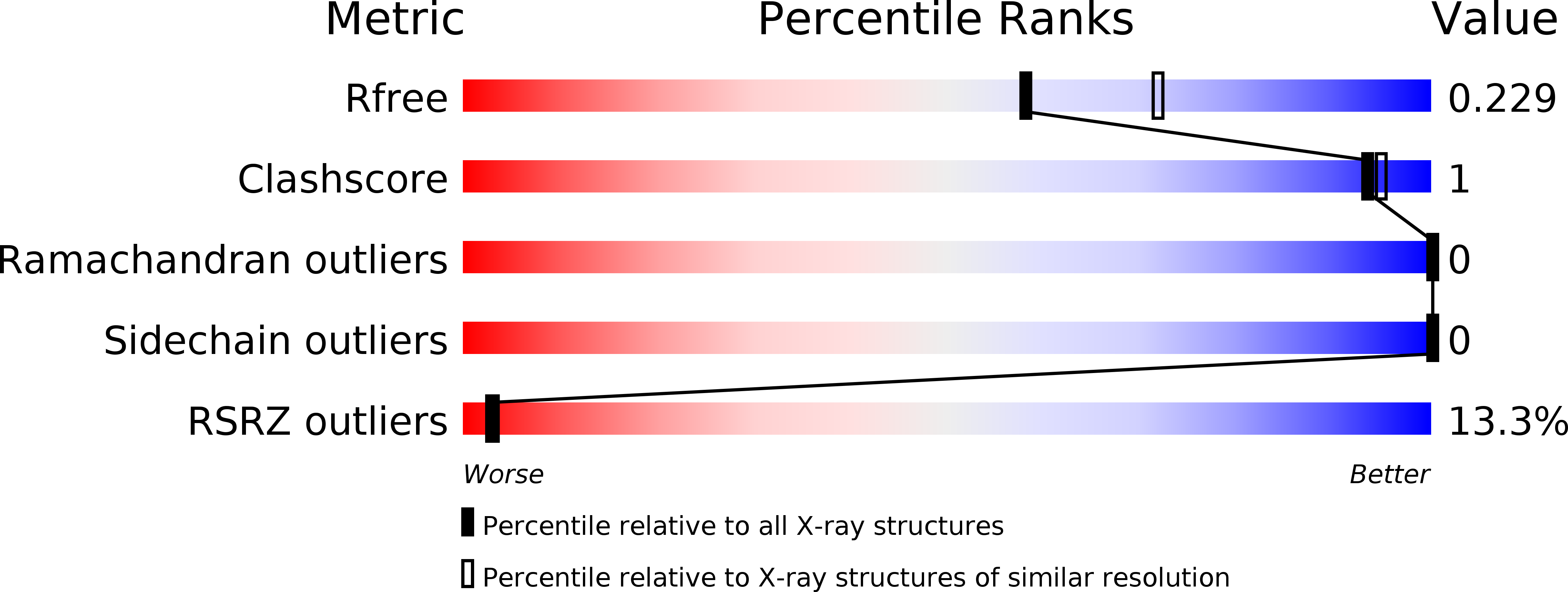
Deposition Date
2019-07-10
Release Date
2019-09-25
Last Version Date
2024-11-20
Entry Detail
PDB ID:
6S8T
Keywords:
Title:
Structure of the ICAM-1-binding PfEMP1 IT4var13 DBLbeta domain
Biological Source:
Source Organism:
Plasmodium falciparum (Taxon ID: 5833)
Host Organism:
Method Details:
Experimental Method:
Resolution:
2.17 Å
R-Value Free:
0.22
R-Value Work:
0.19
R-Value Observed:
0.20
Space Group:
P 1 21 1


